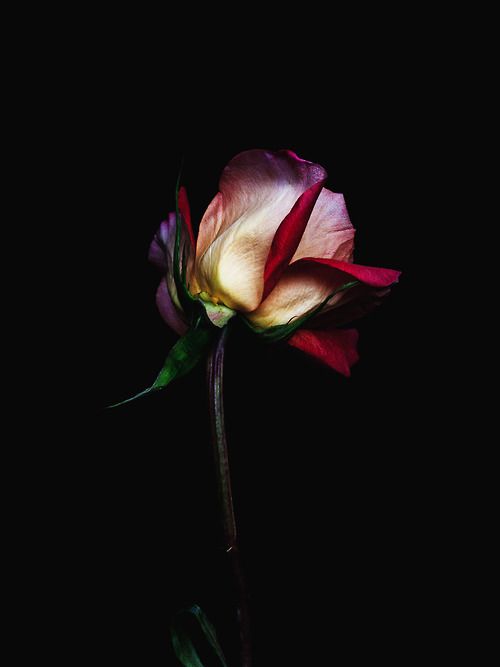Color holds immense significance in the realm of graphic design and advertising.
Not only does it add depth and emphasis to designs, but it also evokes specific emotions and sets the overall mood.
Graphic design encompasses more than just creating visually appealing layouts; it involves establishing connections with the target audience. In many ways, it can be seen as a form of psychology, as designers aim to understand and engage people through their designs.
Color serves as a powerful tool for designers to connect with individuals. It communicates a range of emotional and visual cues, while also capturing attention and establishing the tone of a design. While studying color theory is essential for graphic designers, it is equally important to comprehend the meaning behind different colors. Vincent Minnelli, an American stage director, once remarked, “I use colors to bring fine points of story and character.”
Here are some insights into the meanings associated with specific colors:
Red— One of the most potent colors, evoking strong emotions.
Green— Symbolizes balance, harmony, and is often associated with nature and hope.
Blue— Creates a sense of calm and friendliness, commonly used by popular social networking sites.
Purple— Represents royalty, power, wealth, creativity, and imagination.
Yellow— Signifies happiness, energy, and encouragement.
Orange— Exhibits a balanced, energetic, and inviting nature.
Brown— Neutrals that can convey peace, calmness, wholesomeness, and reliability.
White— Associated with purity, cleanliness, and perfection.
Black— Symbolizes power, elegance, and mystery.
Why is Color So Vital?
Color plays a significant role in our daily lives, connecting with our emotions in a unique way. As a result, it becomes a powerful marketing tool when making design decisions. Your color choices should align with the message you intend to convey about your event or product. Colors are often the initial aspect that catches the eye and guides visitors visually, underscoring the importance of purposeful color selection and meaningful usage in design.
Statistics indicate that 85% of shoppers base their decisions solely on color, while proper color usage can lead to an 80% increase in brand recognition. Various studies and tests have further demonstrated that color can enhance memory, engage and increase participation, as well as provide information.
While it may seem tempting to rely on predetermined color schemes based on business nature (e.g., pink for a clothing store), the decision-making process is more complex. There are no definitive answers. However, exploring color theory can provide valuable insights to help guide the selection of the most appropriate colors for your next website or design project.
